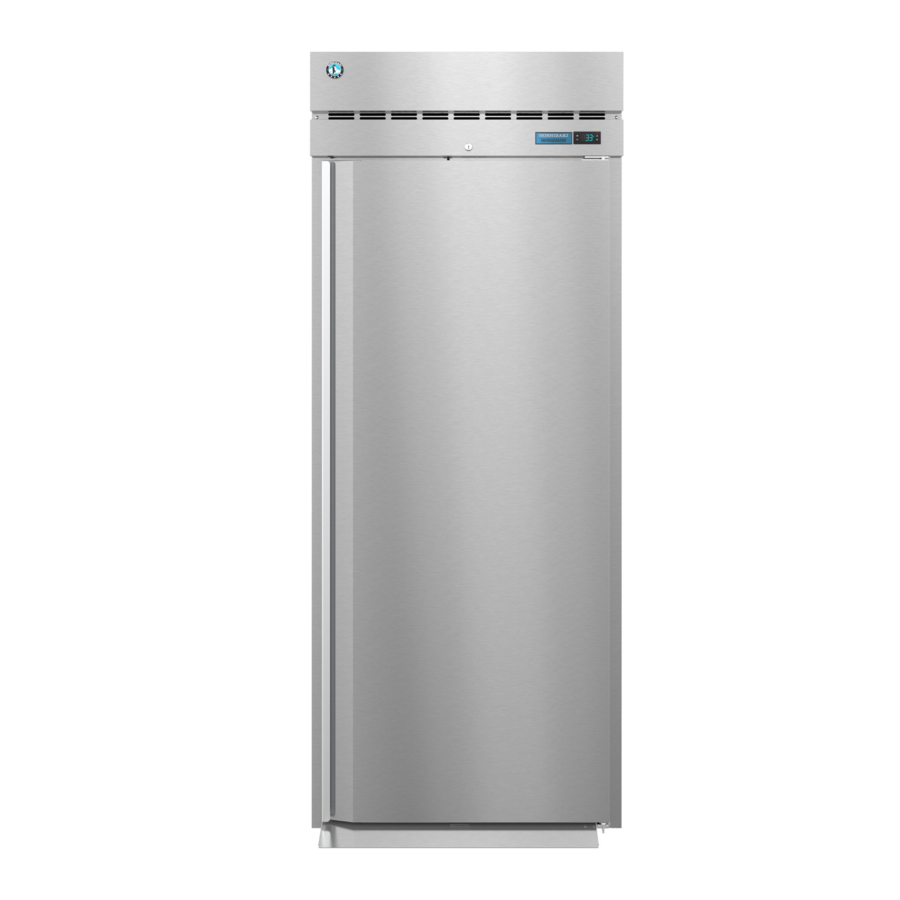
Hoshizaki Steelheart Series Service Manual
Refrigerated kitchen equipment
Hide thumbs
Also See for Steelheart Series:
- Service manual (44 pages) ,
- Instruction manual (26 pages) ,
- Instruction manual (48 pages)










Need help?
Do you have a question about the Steelheart Series and is the answer not in the manual?
Questions and answers